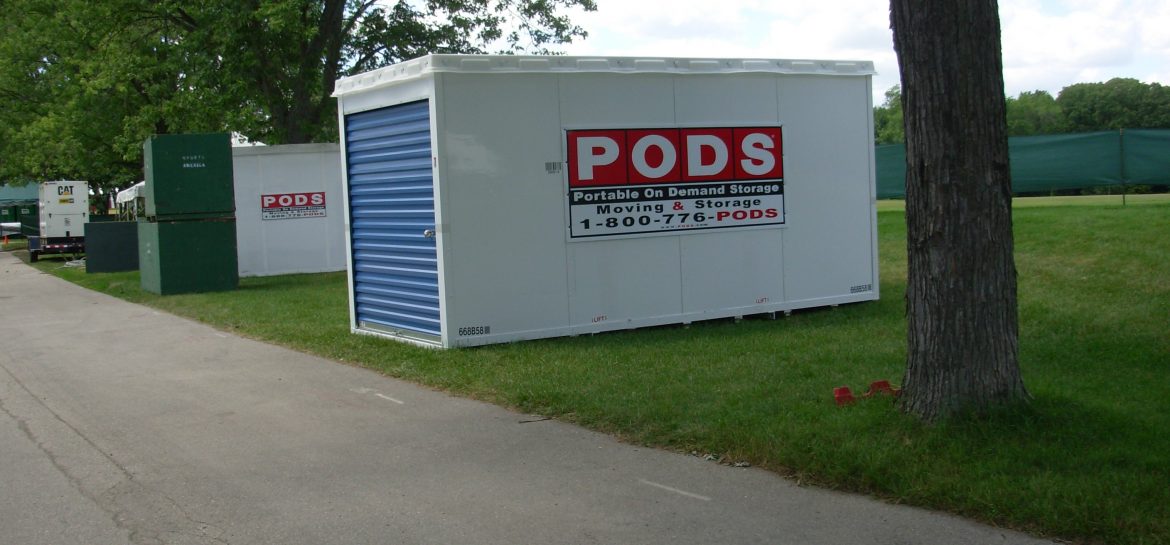
While moving trucks continue to be a primary transportation option for relocating your items from one home to another, moving pods are increasing in popularity. They provide you with the opportunity to load and unload at your own pace and to store items in a safe place for as long as needed. If you plan to use a moving pod for your DIY move, these tips can help you every step of the way.
1. Choose the Right Size
One of the first things that you need to focus on when ordering the delivery of a moving pod to your home is the size. While a pod can store many of the items that you need to relocate, the dimensions are rather small in comparison to a moving truck. Depending on your needs, it may be necessary to schedule the delivery of two or more pods. Ensure that you have enough space on your property for the pods to be delivered.
2. Get the Right Supplies and Equipment
Relocating with moving pod containers may be convenient, but it can still be hard work to load and unload the pods. You will still need all of the same equipment and supplies that are needed when loading a moving truck. This includes different types of dollies, straps, sliders, moving blankets and other items.
3. Pack Boxes Carefully
Just as you would pack boxes carefully and strategically when moving via a truck, you also need to take measures to protect your belongings from damage when using a moving pod. Wrap all breakables carefully before placing them in boxes. Avoid packing the boxes too heavily, and also place heavier items in the bottom of boxes with lighter items on top.
4. Load From Floor to Ceiling
When your belongings are ready to be loaded into the moving container, remember to load the container with the same strategy that you would load a moving box. The inclination when loading a moving truck is to place the heaviest items in the back of the truck. With a moving container, you should place the heavier items on the bottom of the container in a uniform manner. As you work your way up the container, place increasingly lighter objects on top.
5. Distribute Weight Evenly
You also need to pay attention to how the weight in the container is distributed. Ideally, the weight will be evenly distributed so that the front or the back of the container is not dramatically lighter or heavier than the opposite end. Remember that the container can tip over if the weight is not distributed evenly and is not bottom-heavy.
6. Protect Furnishings and Appliances
If you plan to place furnishings and appliances in the moving container, take all necessary steps to protect them from damage. These containers can be jostled during the relocation process. When you protect your belongings with moving pads and other protective features as necessary, you can reduce the risk of damage. Also make sure to secure these large pieces with ratchet straps.
7. Remember to Keep Necessary Items Accessible
Many people do not plan to unload their moving container right away, but there may be items that you need access to before the container is completely emptied. Think about any items that you may need access to during this period. These items should be placed toward the front and top of the container when possible.
8. Schedule Transportation Early
Because moving containers are increasingly popular, it may not be feasible to plan a last-minute drop-off or pick-up of your container. Plan ahead for the movement of your container. If possible, schedule transportation for your container at least a week or two ahead of time.
Using a moving container for your relocation is a smart idea. Follow these helpful tips to get the most out of this experience.
